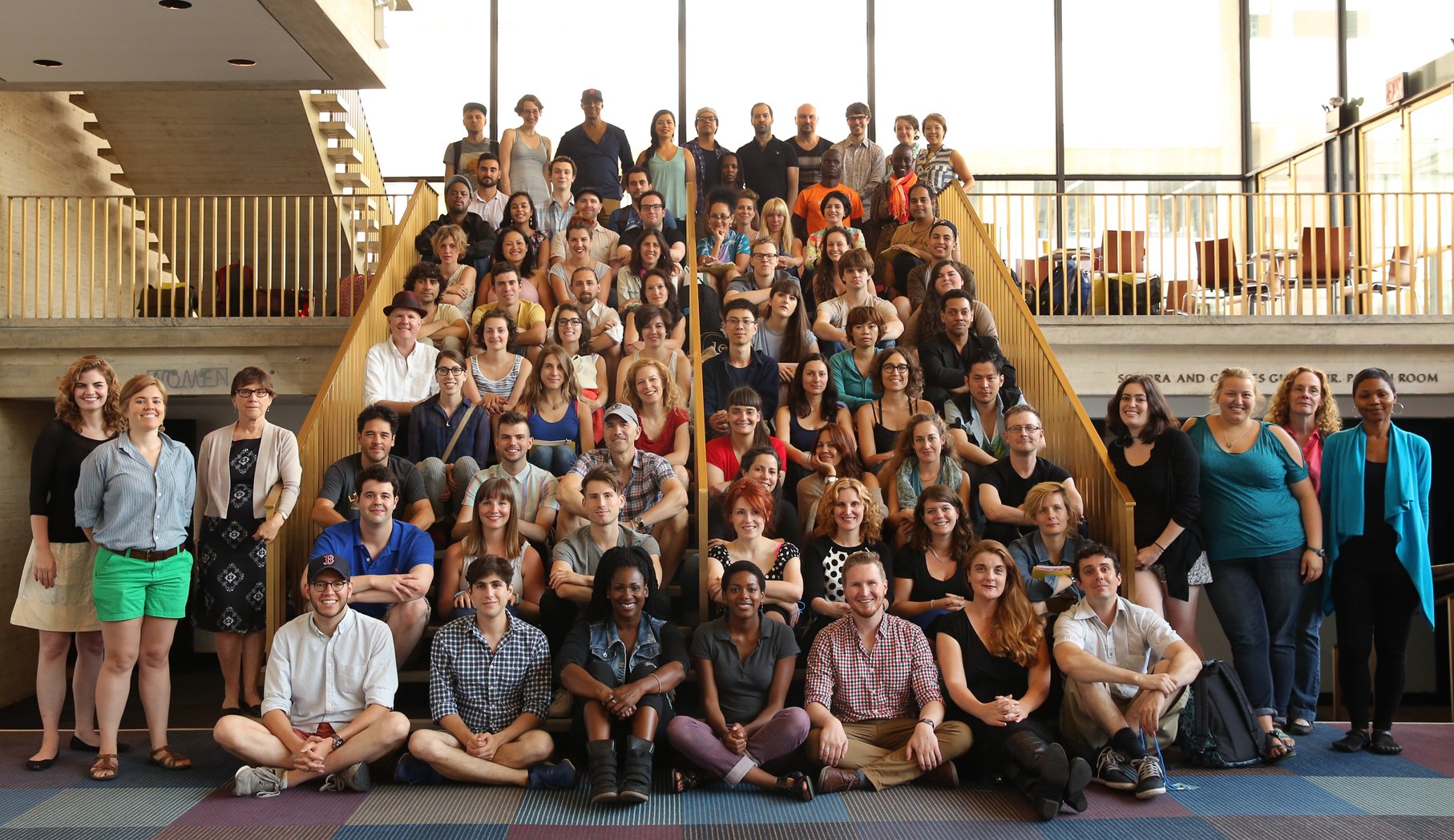Who are we making theater for?
Who is actually sitting in the seats in our theaters?
Are they the people we want to be there?
If not, who do we want to be sitting there?
How do we get them there?
Whose responsibility is it to do this work? Have you seen it done successfully? How was it done?
What are the plays or theater pieces we should be directing to attract the audience we desire?
Or (reversing this) what are the audiences that should be coming to the plays we are directing?
Is it good to make theater for a specific audience? Does that limit a director or theater?
How broad should an audience be in terms of age, interests etc?
Can you think of an example where the stage and the audience were in perfect synchronicity?
Today or any time in the historical past? How and why did that happen?
Right now in your career, can you describe the ideal audience for the plays you direct? In essence, this is a question about why you are making theater – who for and what plays (or other kinds of productions) are you working with. How does the audience fit into the event you are in charge of? Are you happy with the audiences who see you work? Would you like to change their makeup? Do you see yourself working like you do at present for your entire career or rather doing what you do for the next few years on your way to something else? Do you know what that something else is?
Do your friends who are not theater people go to the theater? Are only your friends in the audience? Does your aunt go? Do you speak with people in your audiences?
Look around you when you go to the theater and take stock of who is watching.
Lab Directors
Assaf, Sahar
Azeda, Hope
Bartenev, Yuriy
Bello, Michael
Bian, Chao
Bronder, Jennifer
Burris, Christopher
Capousizi, Annita
Chang, Kun
Crothers, Susan
Dabdoub, Daniel
Deering, J. Claude
Degus, Bob
Didenko, Maxim
Eiro, Jorge
Eminger, Kate
Epshteyn, Dina
Fernandez, Antonia
Fontanez, Olga Vega
Gakis, Kostas
Giles, Sarah
Gonyo, Robert
Graham, Valerie
Granato, Pedro Machado
Grecea, Monica Olivia
Hager, Andreas
Hall, Darryl Reuben
Heinrichs, Julia
Hudson, Lori Wolter
Jones, Tasia A.
Joseph, Dione
Kerfoot, Kim
Lindner, Florencia
Loar, Christopher Andrew
Lord, Justin
Luckett, Sharrell
Lury, Larissa
Mancilla, Freddy
Mann, Eva
Mariner, Ruth
Martinex, Rebecca
Mbowa, Aida
McClelland, Rhys
Miranda, Lucia
Monroe, Ashley Brooke
Morita, Mina
Murray, Thomas
Obwanda, Washingtone
O’Donnell, Catie
Oshio, Satoshi
Osterman, Ruthie
Panagiotakolpoulos, Ilias
Phantachat, Jarunun (Jaa)
Pirko, Angela Kay
Poesy, Maelle
Ramos, Gregory
Regan, Austin
Reub, Gavin
Riberio, Lillian
Ryan, Mary
Savchuk, Aleksander
Settles, Joel
Silberg, Daphna
Skarbinski, Patricia
Smith, Rachel Valentine
Steinberger, William
Strassburger, Kim
Takalkar, Mohit
Ty, Giselle
Vasiljevic, Srda
Vovsi, Dina
Ward, Stephanie
Weber, Jennifer
Weild, Kim
Weissman, Gabriel
Zoppa, Andrew
How to embed theater in the consciousness of the world- Start Young.
Live presence: the actor and the audience connection.
Immersive Theater: The way to connect to a new audience.
Marketing and media realities. Reaching the Audience: Smart, New, Innovative Marketing and Outreach.
Political Momentum: Plays that speak to a moment in history and move it forward.
The audience is always right- Popular, audience-driven successes. The Audience is the Thing –
Millenium - Talkin’ about your Generation–
Connecting to a Community
Music/Musicals/Opera
Audience interactive –the audience is part of the play.
High art – exemplary actors and plays.
